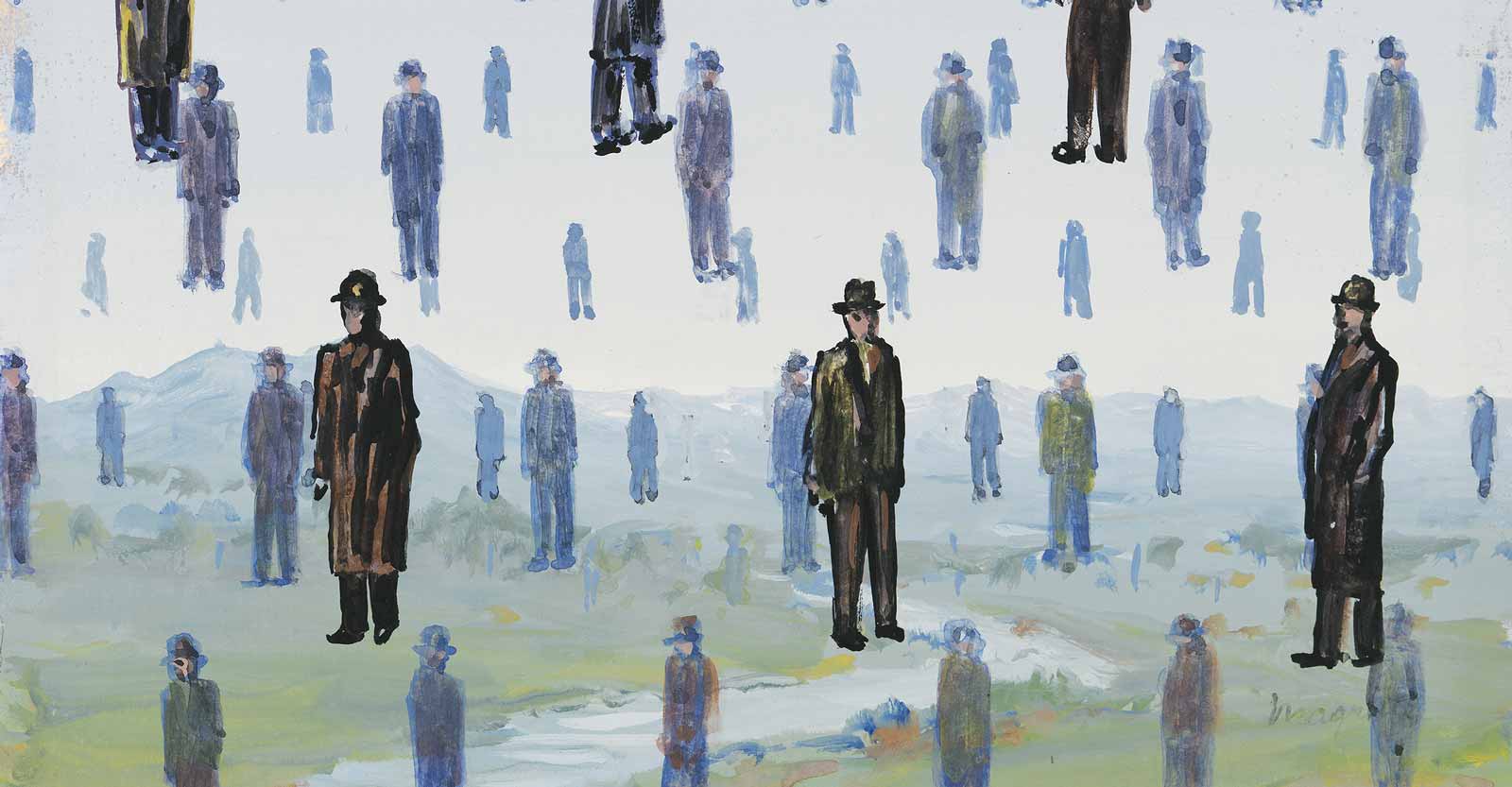
If you were alive in the 60s, you are familiar with the television series called, Star Trek. If were were alive in the late 70s up until the present time, you are familiar with the movie and its sequels or parts.
For some people, this TV and film phenomenon has become a cult, a kind of following on the level of sacred. There was one episodes in the television series that was more than futuristic, it is or could be rationalized as prophetic given today's current global pandemic with its so-called 'data/results'. Instead of me telling you all about this episode, I simply have cut and paste it here from Wikipedia so that you can read it for yourself; I can verify that it follows the original written script.
The USS Enterprise travels to Eminiar VII in NGC 321, bringing Ambassador Robert Fox to establish diplomatic relations. Little is known about Eminiar VII, beyond the fact that they have been at war with a neighboring planet, Vendikar.
Nearing Eminiar VII, the Enterprise receives a message from the planet warning them not to approach, but Ambassador Fox orders Captain Kirk to proceed. Kirk, First Officer Spock, and additional security personnel beam down to the planet, where they are met by representatives Mea 3 and Anan 7. During a supposed attack by Vendikar, Anan 7 explains that the war is conducted as a computer simulation, and that the Enterprise has been "destroyed" in the attack. The two planets have a treaty, according to which they have to kill the "victims" of every simulated attack. The crew are thereby expected to report to Eminiar's disintegration chambers for execution, and Kirk's party is taken captive. Spock telepathically plants a suggestion in their jailer's mind, allowing them to escape.
Anan 7 uses a voice duplicator to imitate Kirk's voice and order the crew to transport down. Scotty, suspicious, has the ship's computer analyze the message and confirms it is fake. He orders shields raised. When the crew fails to transport down, Eminiar fires upon them, but the attack is deflected by the shields. Anan 7 then contacts the Enterprise, claiming the attack was due to a malfunction. Ambassador Fox, deciding to believe Anan, beams down and is taken to a disintegration chamber along with Mea 3, who was also "killed" in the war simulation. Spock and the security officers rescue them.
Kirk confronts Anan 7 but is overpowered by guards and taken to the Eminian council chamber. When Anan 7 opens a channel to the Enterprise, Kirk orders Scotty to execute General Order 24 before being cut off. Kirk explains that he just ordered the ship to destroy everything on the planet within two hours. Panic ensues, which Kirk takes advantage of to disarm the guards. After Spock arrives, Kirk destroys the war simulation computers.
Anan 7 condemns Kirk's actions, arguing that it is unalterable nature to fight wars, so without the simulation they have no alternative but to fight a real war. Kirk instead believes that the only reason the war with Vendikar has gone on so long is because the simulation insulated both societies from the horrors of war and gave them little reason to end it.
Now, you are probably wondering, or not, why this episode was related to you as the 'art of simulation' and how it applies to today. If you are wondering, take some time to read it again and then wonder why you did not see it in the first place.
Sometimes what is happening right in front of you is hidden in plain sight. The art of simulation is to make you think its all real. When you look around today, what is real or really happening is being questioned. As it should be.
Now, if you are getting my drift, ask yourself... is this a 'wargame' simulation with unreal causalities? It looks that way doesn't it? But... haven't we moved past that with the jab and aren't we out of the battle? Maybe, we have been set up for a coming real battle with real casualties which will be called out sooner or later.
cv one niner...Kirk Out!

